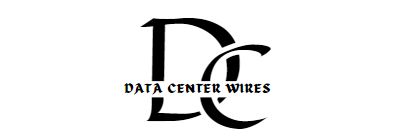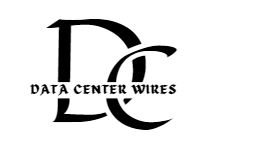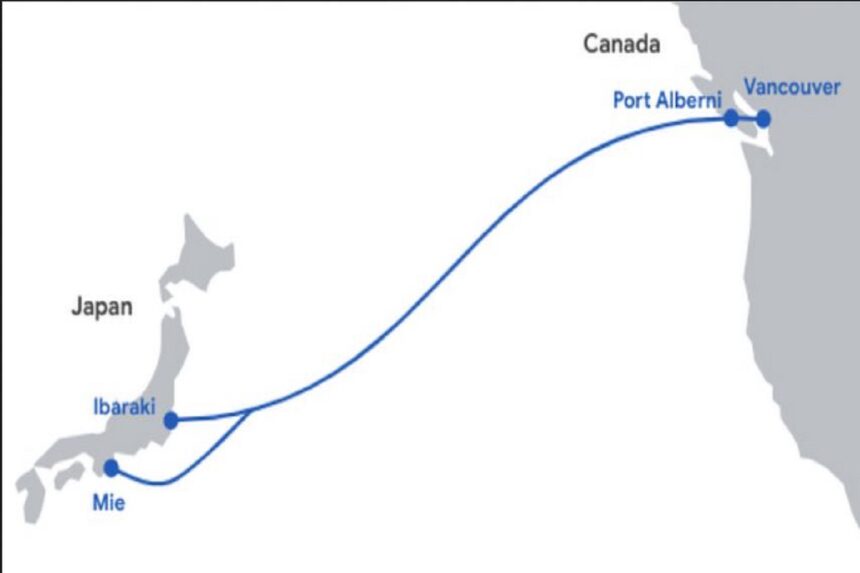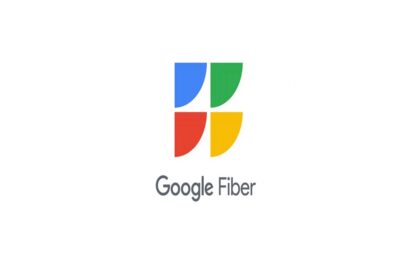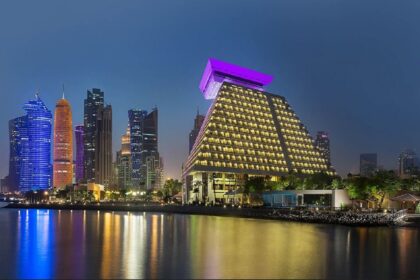Mox Acquires Spectrum from Google for Topaz Cable Network
Fiber optic network provider Mox has entered into a partnership with Google to join the Topaz subsea cable system, a key infrastructure project that enhances connectivity between Asia and Canada. This collaboration was reported by Capacity Media and signifies Mox’s strategic move to expand its network services across the Pacific. Mox has secured spectrum from Google, allowing the carrier to leverage its existing network to connect data hubs along the Topaz route.
What is the Topaz Subsea Cable System?
Launched in 2023, the Topaz subsea cable system is owned by Google and provides vital connections between Canada and Japan. Initially announced in April 2022, the cable system spans from Port Alberni and Vancouver in Canada to Shima and Takahagi in Japan. With a total capacity of 240Tbps, the cable features 16 fiber pairs designed to support high-speed, low-latency communications across vast distances.
Mox’s Role in the Topaz Network Expansion
Mox will utilize its extensive infrastructure to connect various data hubs along the Topaz subsea route, further enhancing network reliability and expanding capacity. This partnership aligns with Mox’s mission to provide robust, high-capacity, and diverse network solutions. Allen Meeks, the president and CEO of Mox, highlighted the significance of the network in supporting technological and AI innovations. He expressed his enthusiasm, stating that Mox is proud to offer next-gen network solutions between Canada and Japan, driven by the demand for cutting-edge technologies.
Google’s Wavelength Selective Switch Technology
Google’s Topaz cable system employs advanced Wavelength Selective Switch (WSS) technology, a software-defined method for spectrum slicing. WSS technology enhances resilience and provides routing flexibility, allowing for efficient and scalable management of the cable’s vast bandwidth. This innovation ensures that the network can handle increasing data traffic while maintaining high service reliability.
Impact on Indigenous Territories in Canada
The Topaz subsea cable passes near Indigenous territories in Canada, including Hupacasath, Maa-nulth, and Tseshaht. While the cable is a major infrastructure development, it is essential that stakeholders engage in ongoing consultations with these communities to address concerns and foster positive relationships regarding its impact.
Mox: A Leader in Network Infrastructure
Founded in 2013 and owned by Dr. Patrick Soon-Shiong, Mox has rapidly established itself as a leading provider of dark fiber channels and 400G wavelengths. With a network that spans over 16,000 km across North America and Japan, Mox serves a range of customers, including hyperscalers and wireless providers. By partnering with Google’s Topaz cable system, Mox strengthens its position as a key player in the global subsea cable market.
Google’s Expanding Subsea Cable Initiatives
Mox’s addition to the Topaz network comes amid a broader push by Google to expand its subsea cable capabilities. Google is actively involved in several subsea cable projects, including the Pacific Connect and Equiano cables. The company is also preparing for the launch of the Tabua subsea system and the Proa cable, which will link Guam and the Northern Mariana Islands to Japan. These initiatives highlight Google’s commitment to improving global connectivity with more resilient and far-reaching networks.
FAQ
1. What is the Topaz subsea cable system?
The Topaz subsea cable system is a high-capacity fiber optic cable owned by Google, connecting Canada and Japan. It has 16 fiber pairs and a capacity of 240Tbps, designed to enhance global connectivity.
2. What role does Mox play in the Topaz cable system?
Mox has acquired spectrum from Google and will use its existing infrastructure to connect data hubs along the Topaz route, expanding the network’s reach and capacity.
3. What technology does Google’s Topaz cable use?
The Topaz cable employs Wavelength Selective Switch (WSS) technology, a software-defined method for spectrum slicing that enhances network resilience and routing flexibility.
4. Which Indigenous territories does the Topaz subsea cable pass through?
The Topaz subsea cable passes near the Indigenous territories of Hupacasath, Maa-nulth, and Tseshaht in Canada.
5. How does Mox’s network infrastructure support technological innovation?
Mox provides high-capacity, low-latency network solutions essential for supporting the growing demand for AI and other cutting-edge technologies in the global market.
